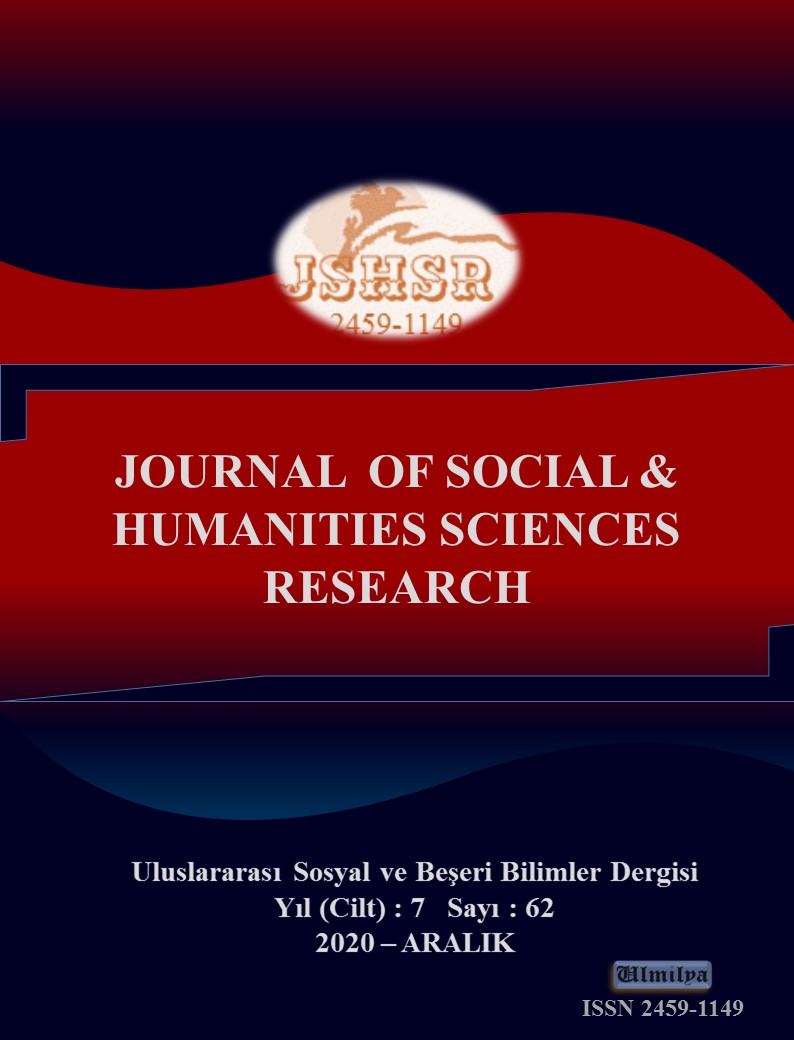REWRITING OF THE MYTH “BABA YAGA” IN NOVEL NAMED “BABA YAGA LAID AN EGG”
DOI:
https://doi.org/10.26450/jshsr.2193Keywords:
Dubrovka Ugrešić, Baba Yaga Laid An Egg, Slavic mythology, Intertextuality, RewritingAbstract
Written by Dubravka Ugrešić in 2007, Baba Yaga’s Egg is one of the books which is included in the project organized by the British Publisher Conangate. Within the concept of this project, several world-famous authors are asked to rewrite a myth, which is chosen by the author, by adapting it to the modern world. Dubravka Ugrešić decides to write about Baba Yaga who is considered as one of the indispensable characters of Slavic mythology for this series of books, which will be written in the context of retelling of the myths, one of the methods frequently used by writers in postmodern literature.
Baba Yaga is one of the most recognized characters of Slavic Mythology. Baba Yaga, depicted as a white-haired, ugly, weak old woman, is believed to exist on the border between the two worlds. Baba Yaga, living in a hut made of human bones and believed to stand on chicken legs, is the subject of fairy tales of many Slavic nations.
By including symbols from Baba Yaga, the author discusses the theme of “old age” through women in the modern world. The old women who have lost their beauty and charm given symbolic witchcraft features in the book. The book consists of three chapters and the name of each chapter is taken from Baba Yaga fairy tales, which are very well known by the Slavic peoples.
In our study, we will briefly touch on the concept of rewriting and how this concept has found its place in postmodern literature. We will try to exemplify the concept of myth transformation through this novel by examining how Dubravka Ugresic adapts the Baba Yaga tales he chose to use in his book
Downloads
Published
How to Cite
Issue
Section
License
Copyright (c) 2020 INTERNATIONAL JOURNAL OF SOCIAL HUMANITIES SCIENCES RESEARCH

This work is licensed under a Creative Commons Attribution 4.0 International License.


